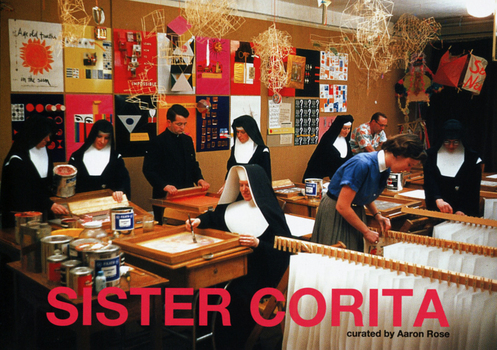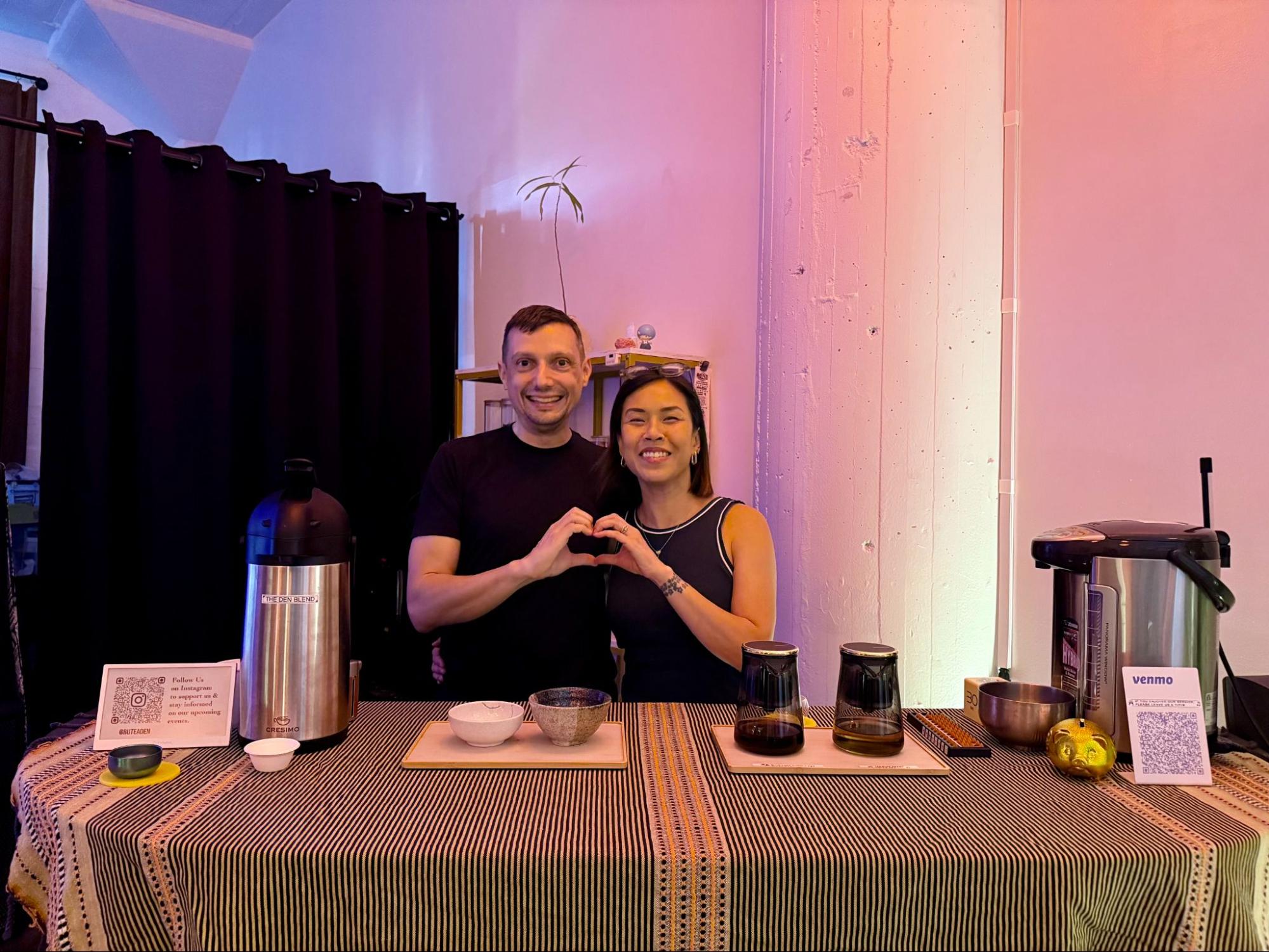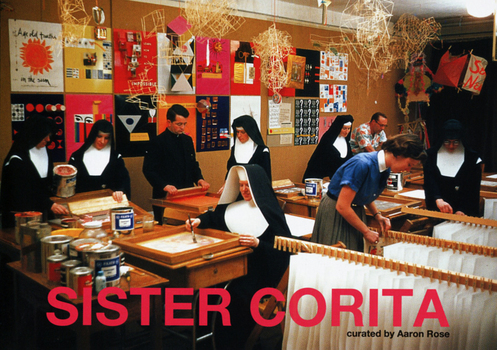
From the CircleCulture Gallery, Berlin
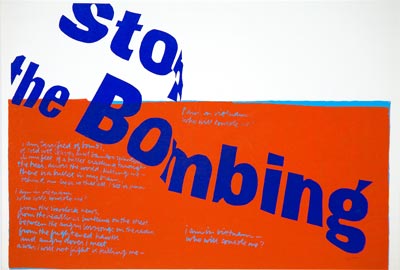
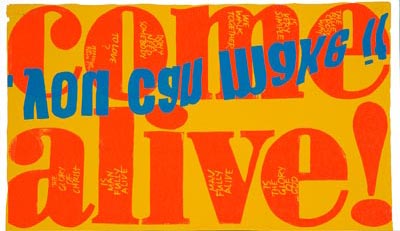
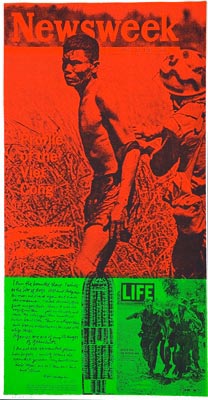
A Catholic convent and college in Los Angeles might seem an unlikely breeding ground for Pop Art and social commentary. However, for nearly three decades, Sister Mary Corita—a Catholic nun, teacher, and inspiration to such luminaries as Buckminster Fuller and Charles Eames—devoted her life to creating cutting-edge serigraphs (silk screens). In 1946, a decade after joining the Order of the Immaculate Heart of Mary, Sister Corita began teaching art at Immaculate Heart College. By 1952, she had exhibited her first silk screen print.
While her earliest art included frequent Biblical references, Sister Corita’s spirituality evolved during the 1960s into a wider concept defining anything “good” as religious. Inspired by media and advertising, she began her evocative use, reuse, and re-contextualization of everyday phrases and images to create art that addressed contemporary issues ranging from poverty, materialism, and environmental degradation to inequality, social injustice, and war. She combined common images and symbols—such as a grocery store logo, magazine cover, and bread wrapper—with text to redefine the original item’s purpose. For example, the loaf of bread becomes a sacrament and the supermarket’s emblem sounds the call for social responsibility and racial equality. More at corita.org
